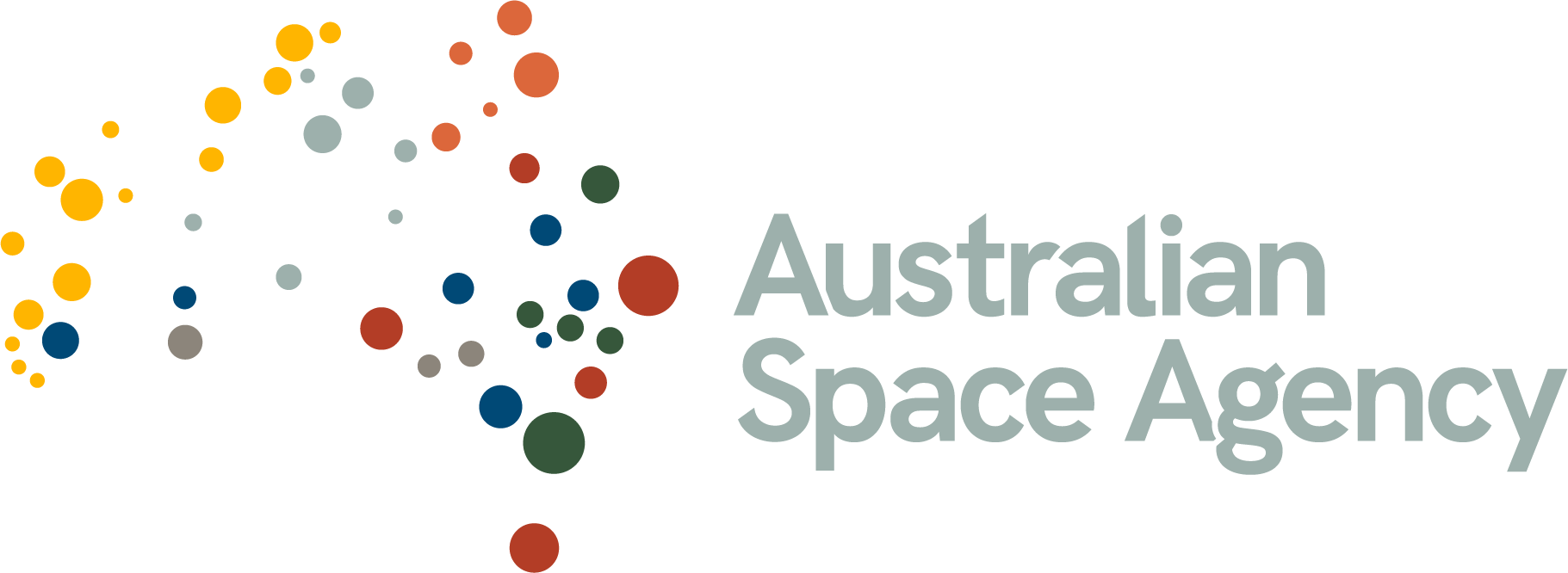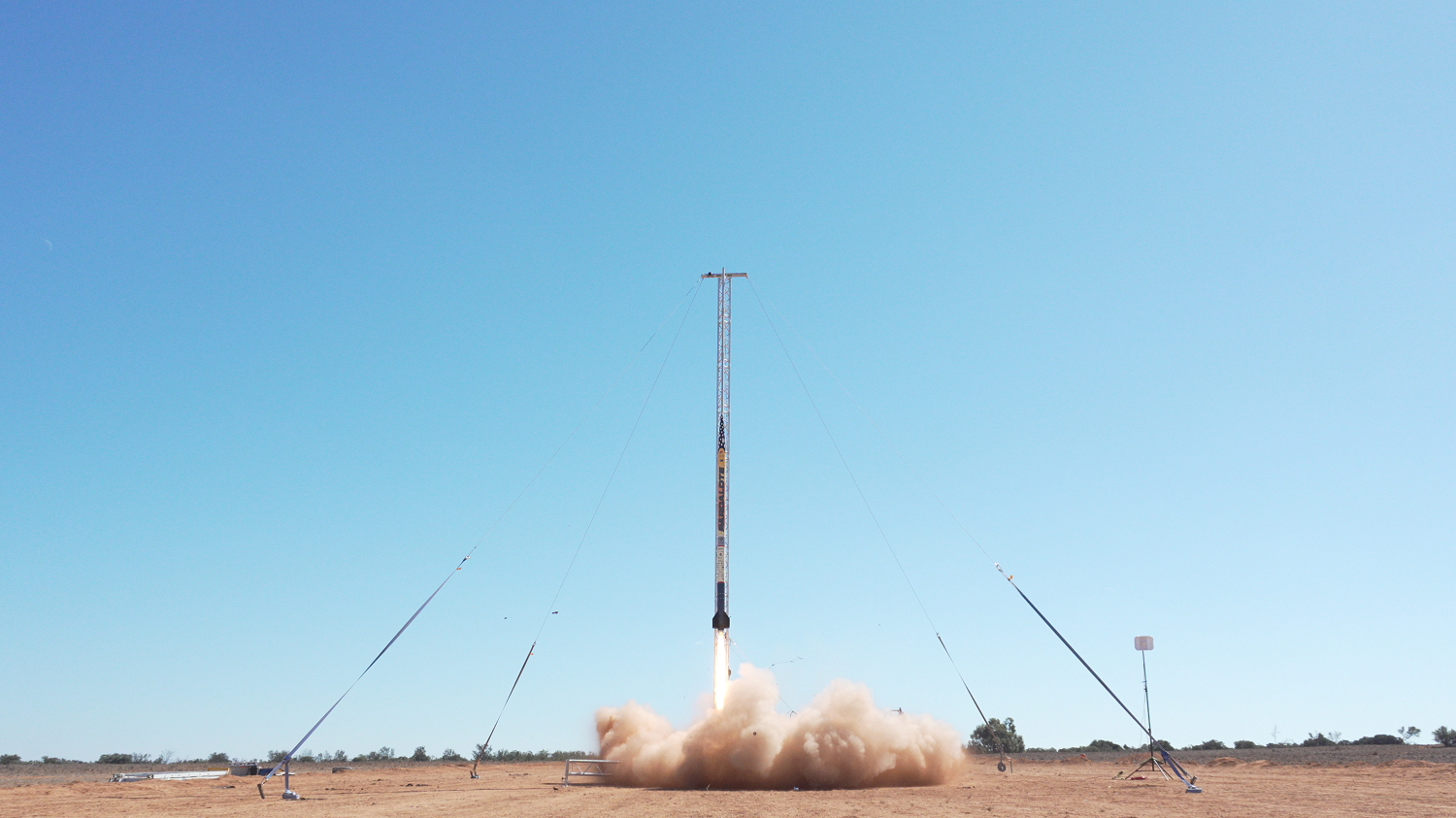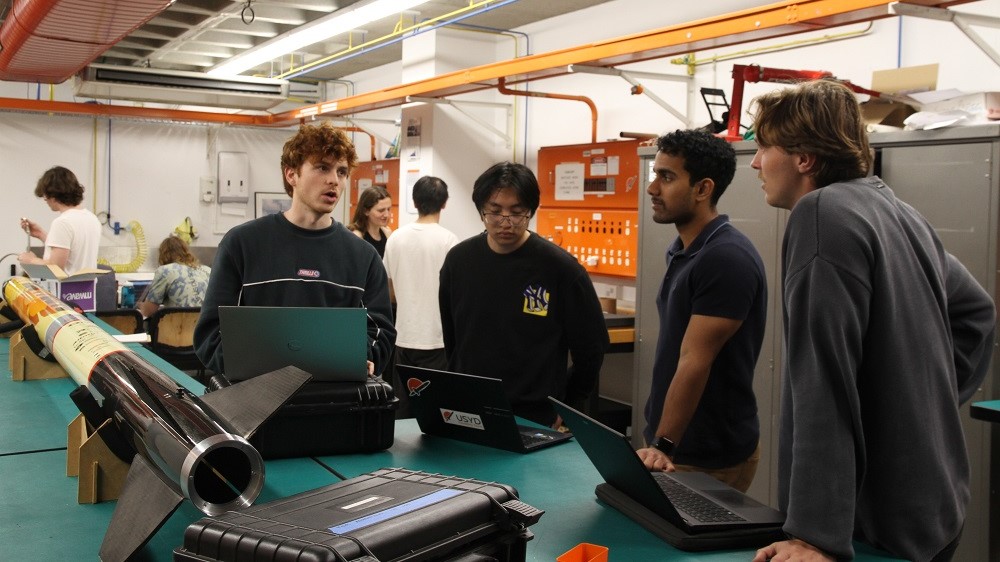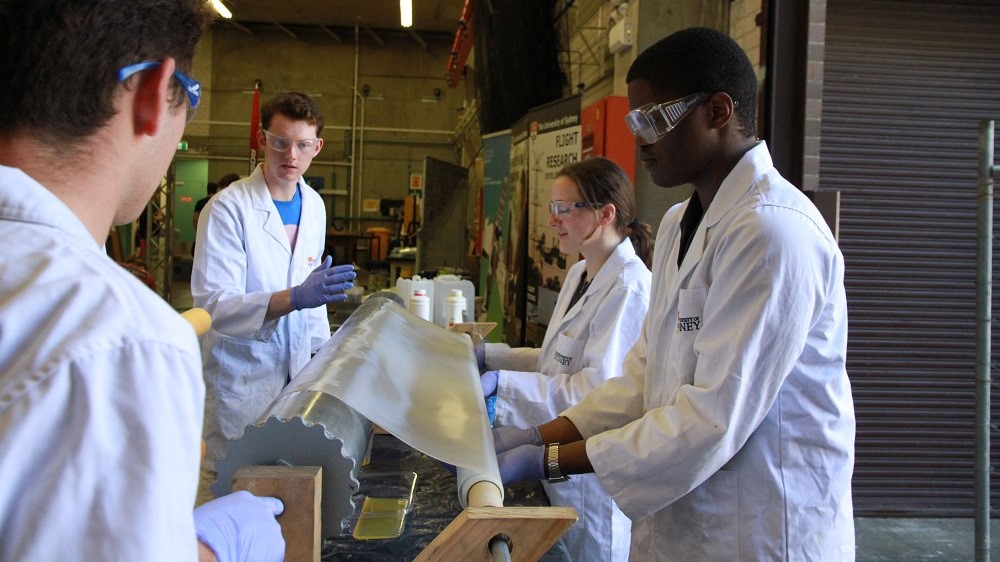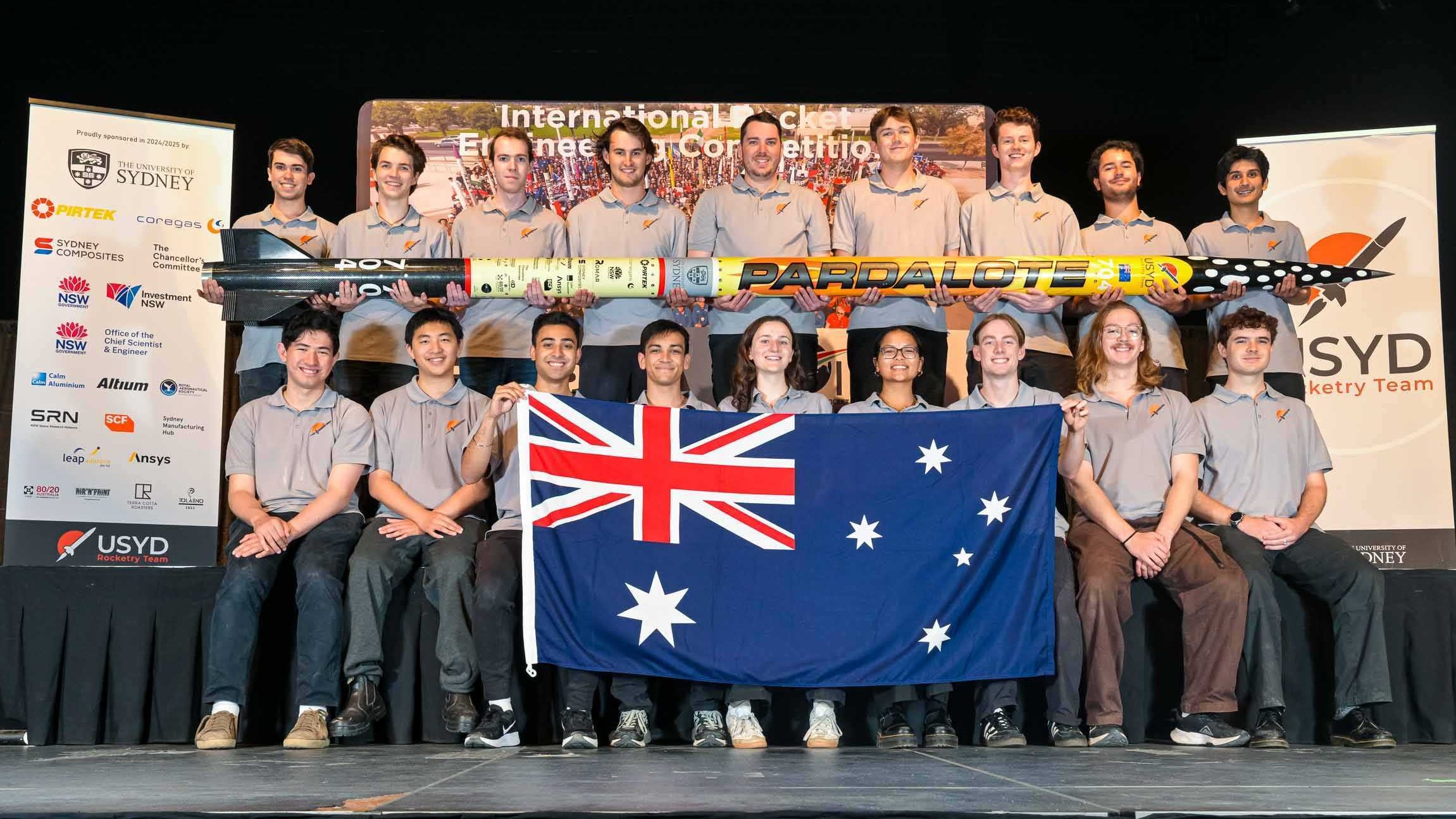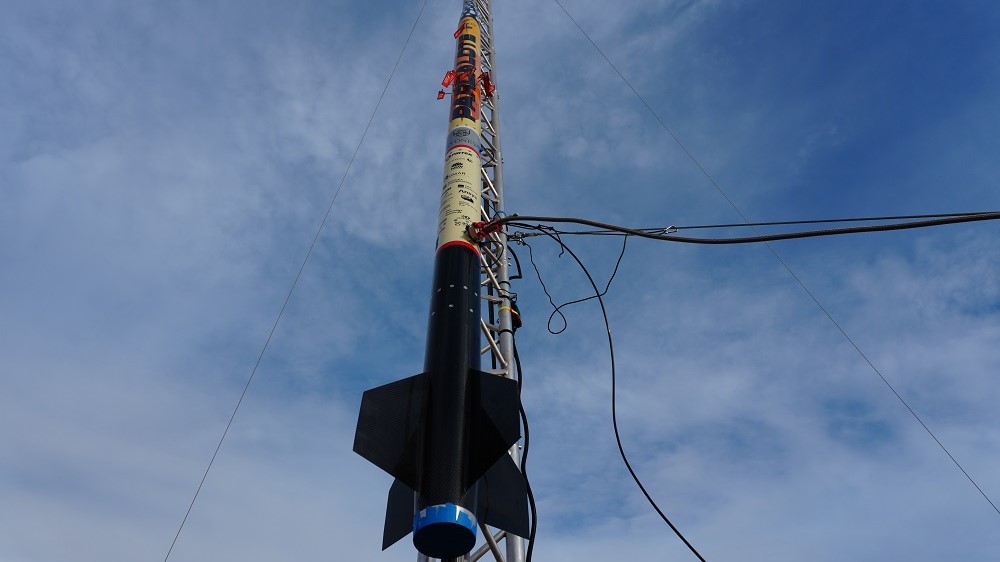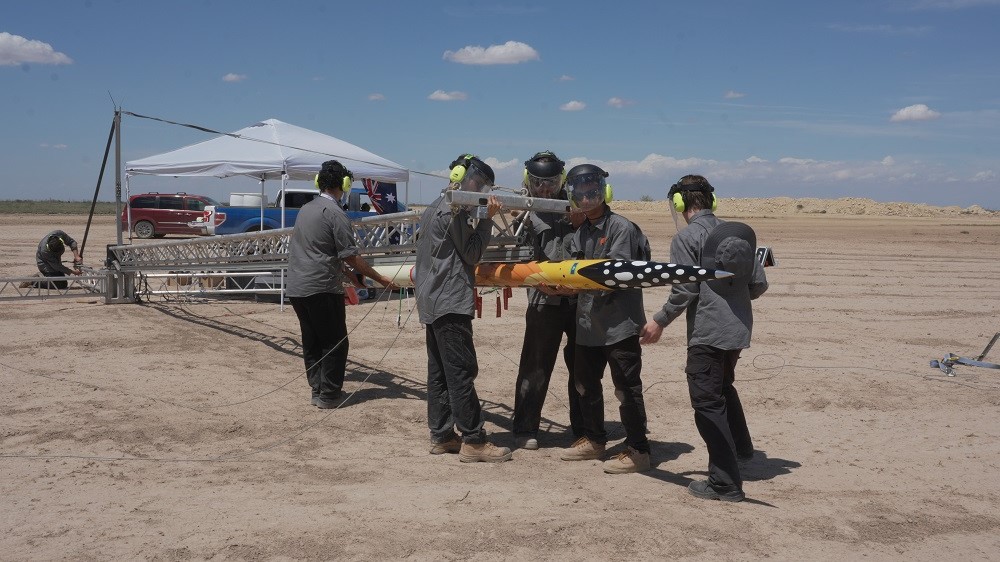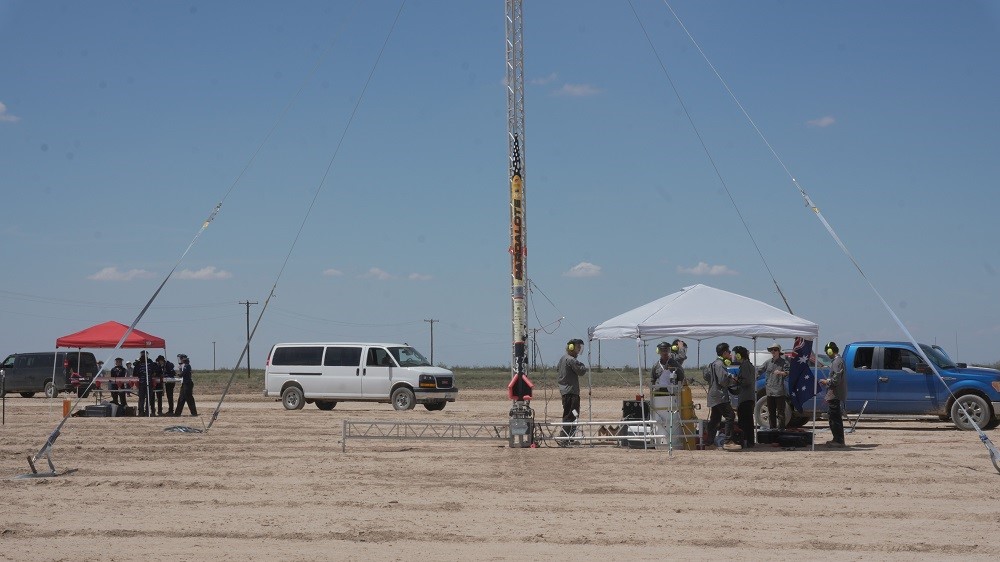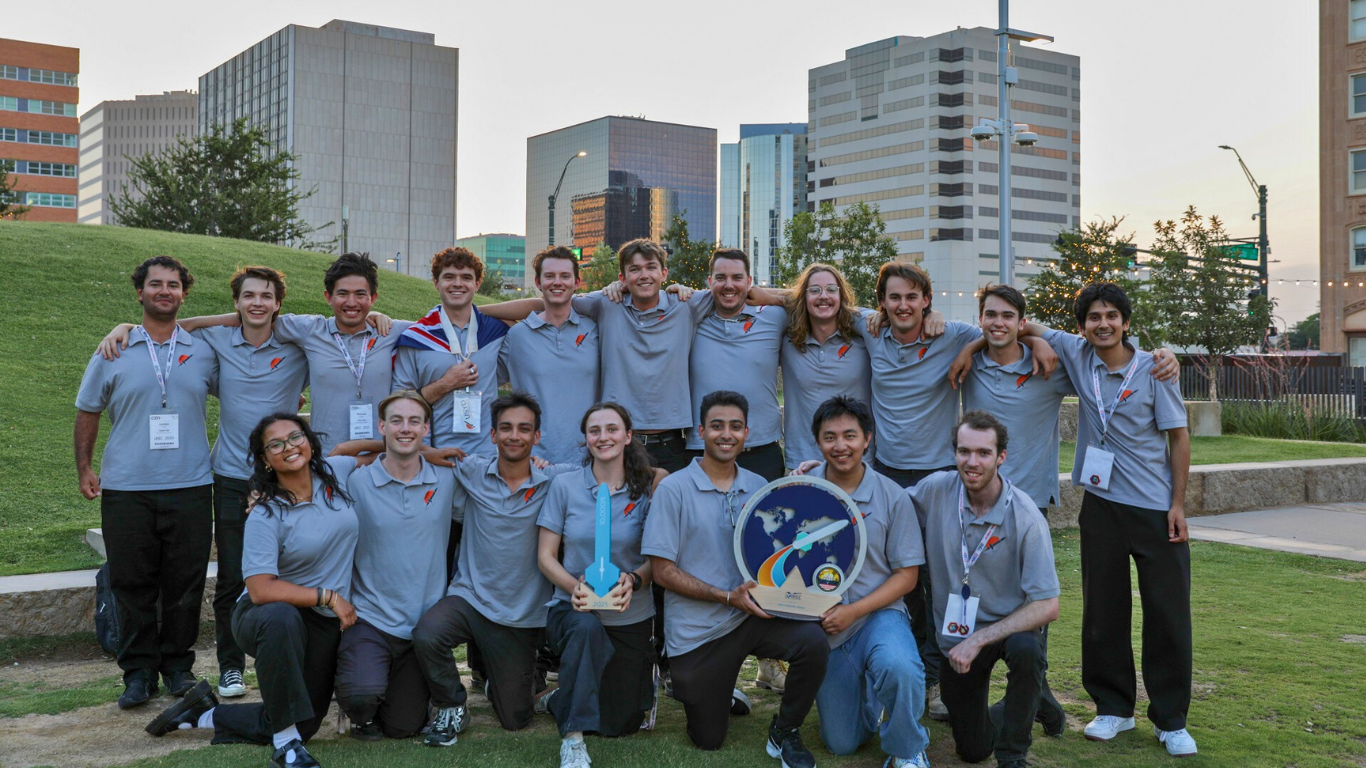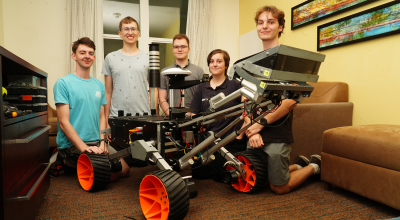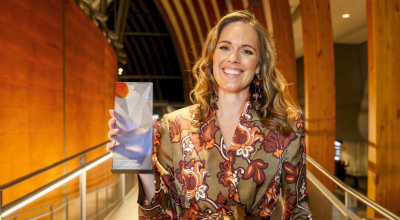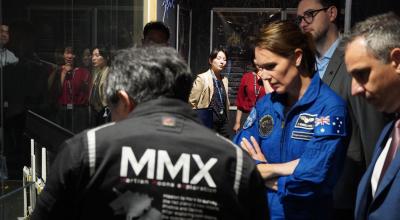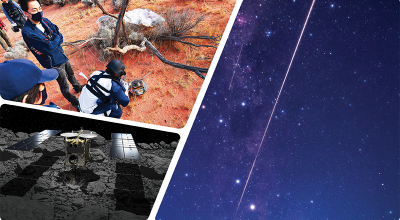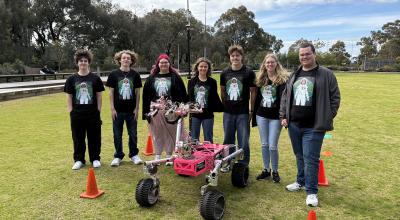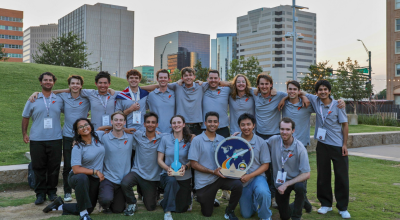It is rocket science.
There's a huge amount of talent and Aussie ingenuity across our schools and universities. A highly skilled workforce that could transform Australia’s capability to design, manufacture, and maintain rocket and launch systems.
We caught up with a group of passionate multidisciplinary engineers from the University of Sydney's Rocketry team. The team's latest rocket, Pardalote, recently won the International Rocket Engineering Competition (IREC 2025), the world’s largest university rocket tournament, held in Texas, United States.
The team battled blistering heat and sudden windstorms to triumph over 156 other student rocketry teams from across 19 countries.
In this feature, six students from the USYD Rocketry team reflect on the opportunities and problems they experienced, and how its prepared them for their future STEM and space careers.
The rocketry team is an Australian tertiary student group, which designs and manufactures high-power rockets and space technologies out of the University of Sydney's Faculty of Engineering.
Last month, the faculty was awarded a $5 million grant for the establishment of an Australian Research Council Training Centre for High-Speed Propulsion, Rocket and Launch Systems.
Ricky Purani
3rd Year Electrical Engineering
Team's Executive Director
Australian university rocketry teams combine engineering excellence with innovative designs to achieve major successes in competitions like IREC 2025.
These strong performances highlight the world class talent of Australian undergraduate engineers and cements a strong undergraduate ambition in our growing space industry.
It requires expertise from many different technical disciplines such as mechanical, electrical, computer science, and project management.
Every project relies on multiple disciplines working together and contributing their knowledge to solve complex problems and ensure a safe and successful flight.
Eugenie (Gigi) O’Rourke
3rd Year Mechanical Engineering (Space)
Team's Project Manager
Balancing technical ambition with team sustainability is no small task. It’s a challenge to push boundaries while also managing time, morale, and resources, especially in a student-led team.
Maintaining momentum through setbacks and complexity is tough, but seeing students develop into exceptional engineers while forming lasting friendships makes it completely worthwhile.
It’s been incredibly rewarding to apply my engineering knowledge across the full systems engineering lifecycle, from designing and manufacturing components to hands-on experience testing our hybrid engines and conducting launch operations.
Putting theory into practice on a project of this scale has been an incredible opportunity as an undergraduate student.
Girisha Puri
4th Year Aerospace Engineering
Team's hybrid propulsion expert
My role for the team was to conduct thesis research on hybrid propulsion. While developing a passive mixing device for my thesis, the component experienced a premature failure during hot-fire testing.
This unexpected failure led me to explore alternative materials and thoroughly investigate failure modes, turning a major setback into a valuable research opportunity in hybrid combustion.
My aim is to explore areas like material performance, combustion efficiency, and system reliability in this field.
Professionally, I’m keen to advance this underrepresented technology through collaborative research, innovation, and development within the broader Australian space sector.
Hamish Crawford
4th Year Mechanical Engineering (Space) and Science (Chemistry)
Team's Ground Support Equipment Lead
Whether it's in the Australian outback or the Texas desert, the best part of these competitions has always been the company. It’s been great to meet fellow nerds from all over the world.
Having such a great community of judges, volunteers, and other students is really inspiring.
I've gained invaluable experience about coordinating a team that comprises of different disciplines and backgrounds.
The opportunity has given me a greater understanding of how to support leadership effectively, which I think has been really helpful in the workplace.
Jack Hughes
3rd Year Aerospace Engineering
Team's Systems Engineer
Being a part of the team has provided me direct access to some of the greatest minds at the University of Sydney. I've worked alongside highly talented student engineers, as well as leading experts in the faculty.
This environment has allowed me to significantly grow as an engineer as well as my leadership skills.
My initial impression of the Australian space sector was that it was small and niche, and only just starting to grow.
Over the past few years though, the more I've been exposed to it, I've begun to realise that it is expanding at a rapid rate. The sector offers a diverse range of opportunities and is developing novel technologies.
Sandip Khadka
2nd Year Aerospace Engineering student
Team's Events and Outreach Coordinator
I began at the USYD Rocketry team designing media coverage. Over the past nine months, I've built remote camera systems, learned safety, and embraced failure.
During my time with the team, I've also found a supportive and inspiring community that shares my passion for rockets.
My is aim to work in computational aerodynamics and aerospace structures, designing, and optimising launch vehicles.
The eventual goal is to advance space science in Nepal, fostering STEM education and inspiring future space initiatives.
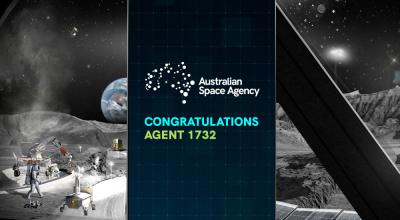
Which space career is right for you?
Navigate a day on the Moon in our short interactive quiz to find out which role best suits your strengths.
All images in this article were supplied by the University of Sydney's Rocketry Team.
